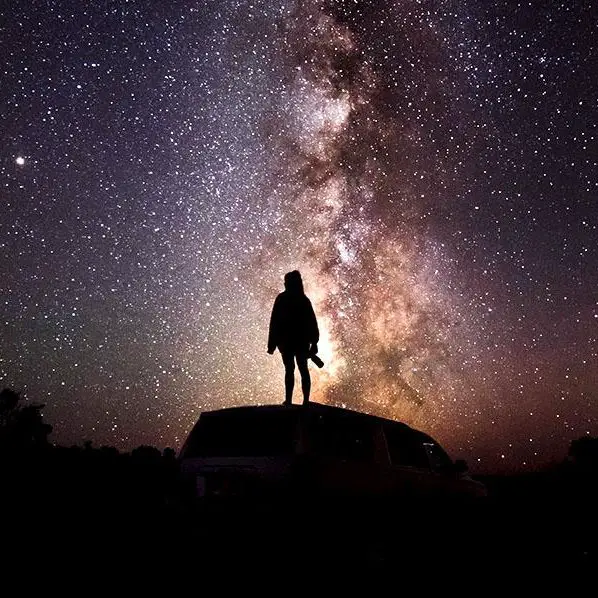 You will agree with me when I say:
You will agree with me when I say:
People who do not gaze at the night sky are missing out on the most beautiful aspect of the Universe.
The refractor telescope is a kind of optical telescope that uses a lens to capture a large amount of light to make a clear, brighter, and a magnified image.
There are also many types of refracting telescopes so choosing the most viable telescope is not an easy task. But, You do not have to worry about anything because we have compiled a list of the 5 80mm best telescope of astrophotography.
Things to consider before buying a refractor telescope:
Look for aperture quality: the lack of light can make some faint details not appear in the image. That is why when creating a telescope, the focus is more on the aperture rather than the magnifying power of a telescope to produce the brightest images so that even the faintest details are not missed.
Look for flaws in the lens: Chromatic aberration is a failure of a lens to focus all colours at the same focal point because as the light passes through a lens, different colours are bent at different angles.
Best 80mm Refractor Telescope for Astrophotography 2022
Here are our top picks for the top 80 mm refractor telescopes for astrophotography.
| 80mm REFRACTOR TELESCOPES | RATING | PRICE |
|---|---|---|
| Sky-Watcher EvoStar 80 APO | 10/10 (Editor's Choice) | |
| SoloMark 80EQ refractor scope | 9.5/10 | |
| Celestron - PowerSeeker 80EQ refractor scope | 9/10 | |
| Orion 52596 Goscope 80mm | 8.5/10 | |
| WSHZ 80mm refractor telescope | 8.5/10 |
1) Sky-Watcher EvoStar 80 APO Doublet Refractor
| Pros | Cons |
| ✅Visually minimum chromatic aberration | ❌ Pretty Expensive |
| ✅ Easy to Focus |
Why do we recommend it?
Want similar guides for astrophotography? Here’s one we think you’ll like!
2) SoloMark Telescope 80EQ Refractor Scope
| Pros | Cons |
| ✅ Smooth and easy focusing | ❌ Does not come with a case |
| ✅Easy to assemble |
Why do we recommend it?
3) Celestron – PowerSeeker 80EQ Telescope
| Pros | Cons |
| ✅ 2-Year warranty | ❌Tricky to assemble |
| ✅Lightweight |
Why do we recommend it?
4) Orion 52596 Goscope 80mm Backpack Refractor Telescope
| Pros | Cons |
| ✅Comes with adjustable tripod | ❌Incompatible with Barlow lenses |
| ✅Compact and lightweight |
Why do we recommend it?
5) WSHZ 80mm Refractor Telescope
| Pros | Cons |
| ✅Good Focal Length | ❌Unsuitable for professional use |
| ✅Great for beginners |
Why do we recommend it?
Conclusion:
The above-mentioned list of the best 80mm refractor telescope for astrophotography has been compiled after conducting extensive research on the finest 80mm refractor telescope’s reviews and factors that need to be considered while opting for a good refracting telescope. This list will definitely help you in finding the top refractor telescope for both your personal or professional use.
Also, check out this video for refracting telescope tutorial:
Convex lenses work by taking in parallel light rays and then bending the light inwards so the light is converged at a point. That point of conversion is called the focal point and the distance from the lens to the focal point is called the focal length of a lens. The size of an image created by a refracting telescope depends on the focal length of the lens being used in it. The greater the focal length, the larger the image.
The brightness of the image, on the other hand, depends upon the total amount of light gathered by the lens and the total light gathered by the lens depends upon the diameter of the objective lens. This diameter of the objective lens is also known as aperture and it is 80mm in our case. You can increase the light-gathering power of your lens four times if you double the diameter of your objective lens but that can be very expensive in the case of refractor telescopes.
Now, as for magnifying power, The telescopes have their limitations because of the instability of Earth’s atmosphere and can show blurry and aberrated images. You can magnify a blurred image to look more closely at some objects in it but they will not appear any clearer. Instead, the lack of light can make some faint details not appear in the image. That is why when creating a telescope, we focus more on the aperture rather than the magnifying power of a telescope to produce the brightest images so that even the faintest details are not missed.
However, there are some limitations to Refractor telescopes which are called chromatic aberration and spherical aberration. Chromatic aberration is a failure of a lens to focus all colors at the same focal point because as the light passes through a lens, different colors are bent at different angles. This can lead to the image appearing blurry. Spherical aberration occurs when the outer parts of a lens do not focus the incoming light at the same points causing the image to appear unsharp. This phenomenon occurs when using a lens with great apertures but can be fixed by using a lens with smaller apertures. If you have never worked with a telescope before, here is a complete guide for you to assemble and understand the working of a telescope.
- 10 Best Monocular Telescopes UK in 2022【Reviewed】 - April 1, 2022
- How To Build A Dobsonian Telescope [Guide 2022] - March 31, 2022
- Best Astrophotography Stacking Software [Ultimate Guide] - March 31, 2022
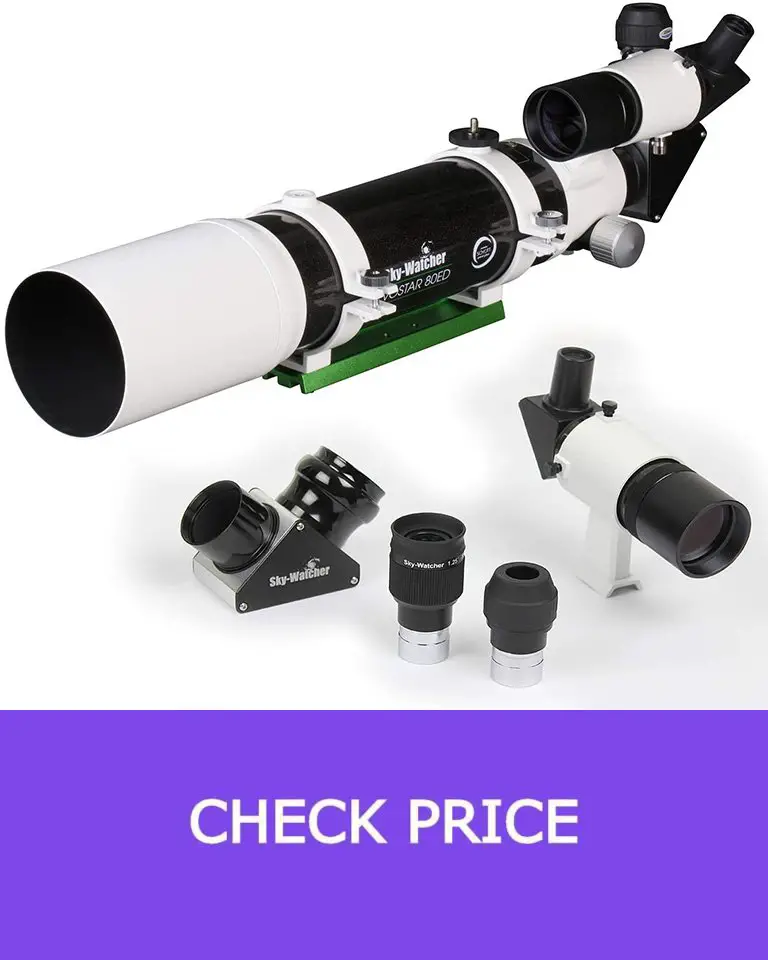


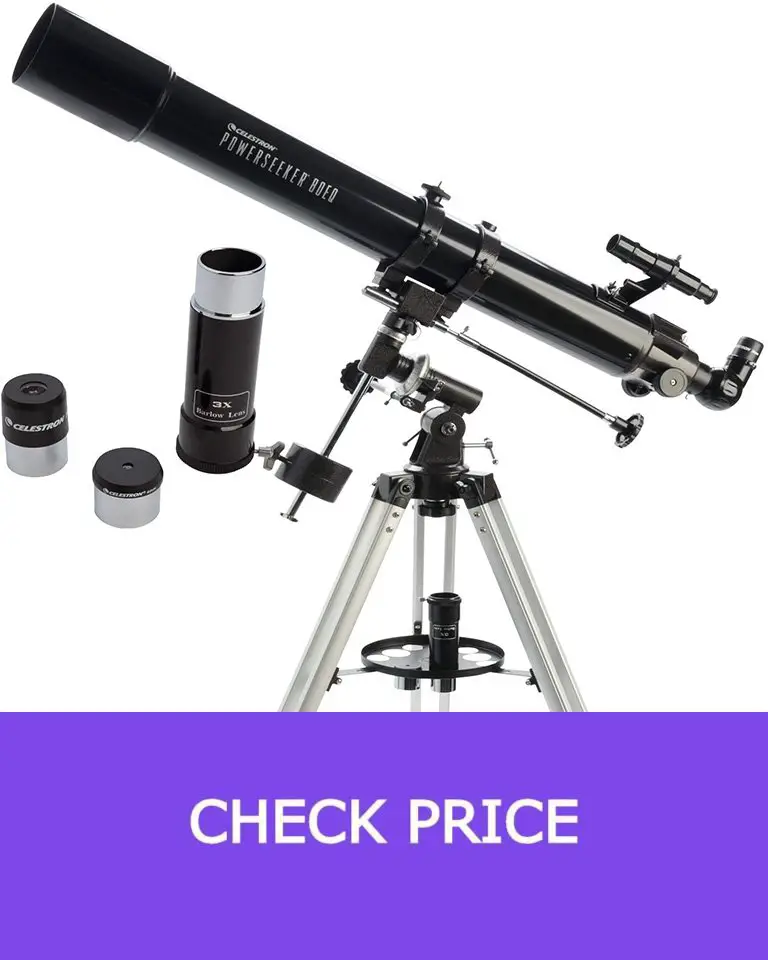
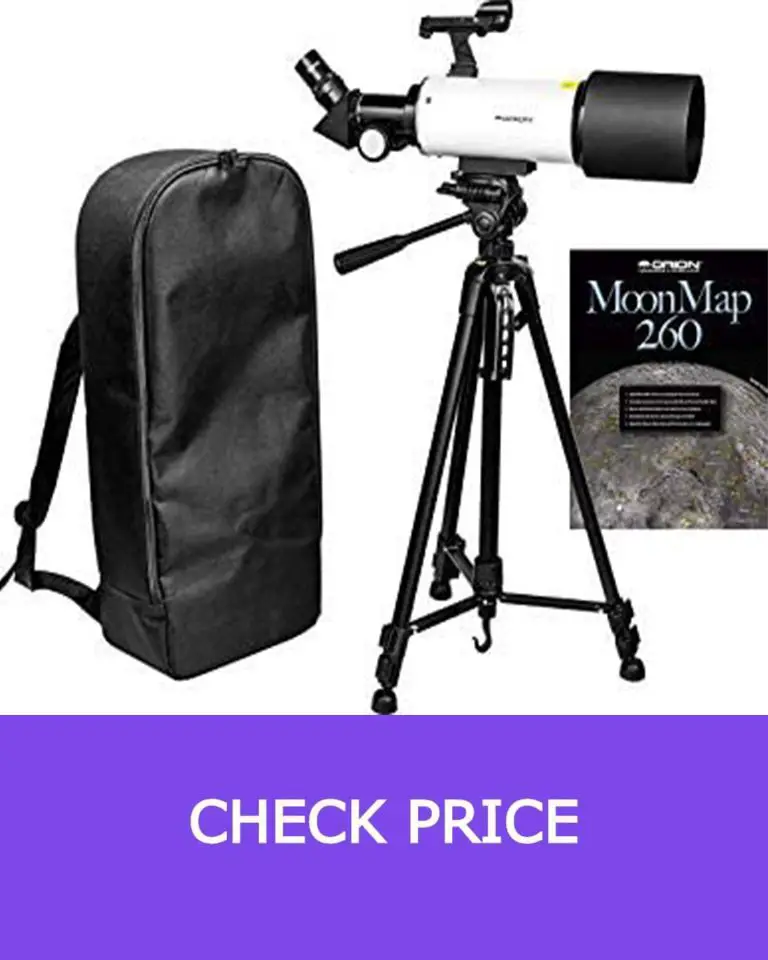
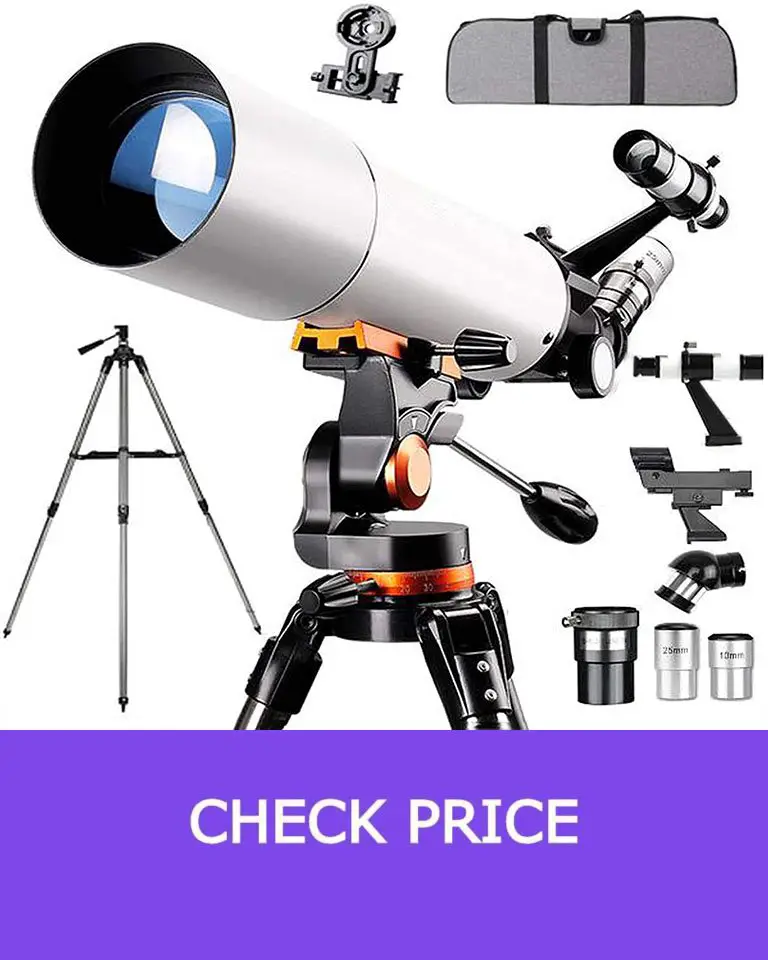
Leave a Reply